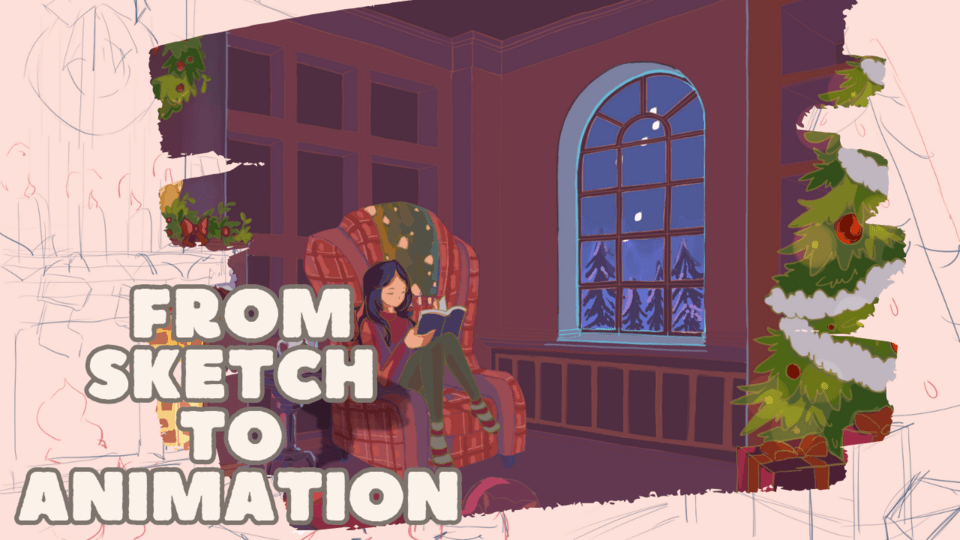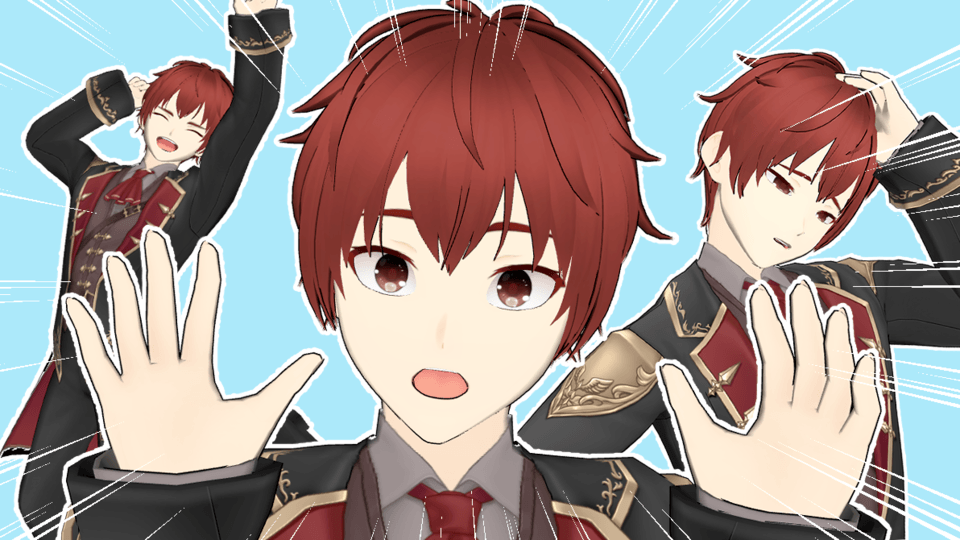The art of drawing transparent objects
Brief relate
Hello, my name is Davis and I hope to contribute something with this little tutorial on how to draw transparent or translucent objects.
Basically we will see how to draw objects and their interaction with water, glass and plastic. We will touch on concepts such as water refraction, hue change, image distortion, brightness, refraction and reflection in glass, and a few little tips for drawing a plastic bag.
Water refraction
To explain the refraction in a simple way I will use a glass with water and a plastic straw. Refraction is a visual effect that becomes very noticeable when we pass an object from one medium such as air to another such as water. In my example, we passed the plastic straw to the glass with water, which causes a counter-intuitive visual effect since it does not happen as shown in Figure 1 but rather what is seen in Figure 2, the image of the plastic straw deviates. That effect is called refraction, it is when the light that bounces off the object changes direction causing a visual effect as seen in Figures 2 and 3. Do not make the mistake of drawing objects inside a glass with water and not taking into account the refraction as in drawing number 1. Regarding figure 3 you can choose not to draw the upper image of the liquid either because you want to simplify your drawings or some other reason.
Change of tone
You may have noticed that the color of the plastic straw darkened, as one of two things usually happens: It simply darkens or adopts the color tone of the liquid as in figure 2. It is up to you to choose what to do, either because the liquid is very thick or because it is the color palette you want to use in your illustration.
Image distortion
When you draw an object submerged in water you must also take into account the distortion of the image of the part of the submerged object since if the liquid where it is moving it will distort the image of the object as we can see in the image of the feet when they move .
Brightness
To explain how to draw the brightness in the water I will use as an example a drop of water. Basically we must follow the following four steps:
1. First draw the outline with a white line that may or may not have a slight opacity.
2. The next thing is to draw the main glitters in shape, either circular or elliptical.
3. Choose two colors from the environment and draw curved shapes in the drop with those colors.
4. And as a final detail we draw a wider brightness but with an opacity of 17%.
Everything is seen more clearly in the following image.
Refraction and reflection
Transparent and translucent objects have two characteristics:
1. They allow us to see through them, what is called refraction.
2. They not only refract light but reflect the image of a nearby object.
Regarding refraction, we must take into account one more thing. If we look at an object through the glass we will not see any modification of the image that we see but if we see through a broken glass and we see a background directly and through the glass the image will deviate as it happened with the image of the straw. plastic in the water but it will be slight.
In a more practical way in the case of a glass in the window, the refraction allows us to see through it and the reflection allows us to see our face when we approach it, in the same way it happens in a pool, we can see our reflection and the background of the same.
Now we will see the window from outside. When the light falls on the glass it reflects and generates a shine. In general, the brightness of a window is drawn with rectangular straight lines or with slight curves, that will already depend on the drawing style you want to use.
Another detail that we should know is how to draw when an object is in contact with a translucent object. As we see in the second image, a hand is in contact with the window glass and so that at the drawing level we transmit that it is in contact with the glass, we darken the tone of the area of the hand that is in contact and thus transmit that interaction.
Plastic
Basically we must draw two details to draw a plastic bag.
1. The first is to draw the glitters with irregular shapes. No longer curved like a drop or rectangular like the glass of a window.
2. We must add other irregular shapes but with the representative color of the environment. In the case of the figure, as the environment is white, we draw these shapes in gray.
Well that was all about how to draw transparent or translucent objects. I hope to see something new contributed to improve your drawings. Thanks for reading and / or watching my video on youtube, until next time.























Comment